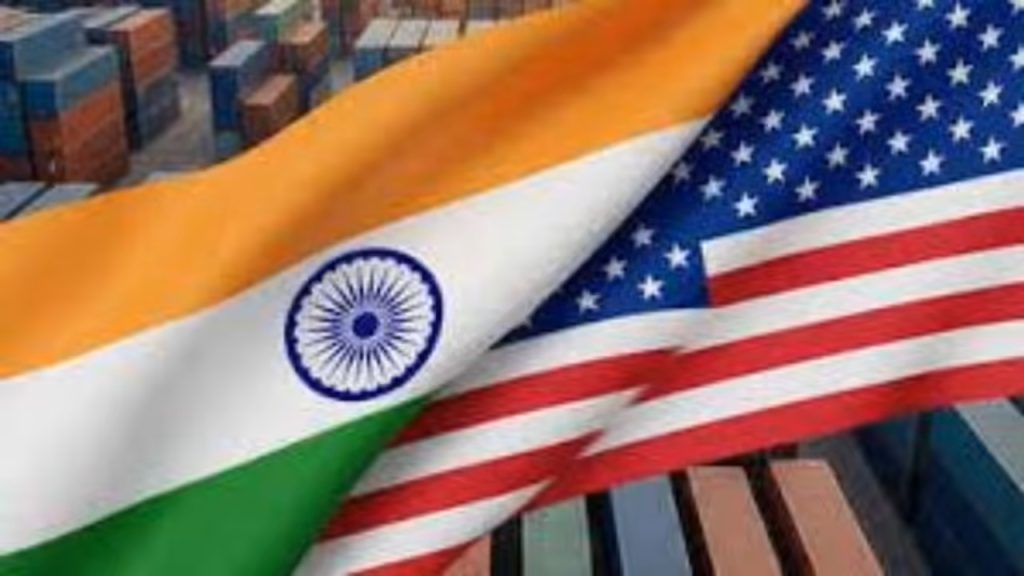
Washington Seeks a Swift Bilateral Deal to Diversify Supply Chains, Offering India Tariff Relief While Facing Dairy and Digital Trade Red Lines.
The United States is demonstrating an accelerated readiness to finalize a bilateral trade agreement with India, a shift primarily driven by geopolitical and strategic supply chain concerns related to China. The GTRI director, Ajay Srivastava, notes that intensifying US-China trade conflict and China’s tightening controls over rare-earth exports have forced Washington to seek reliable allies to build alternative supply networks. This urgent strategic pivot is poised to grant India improved access, with the US potentially offering a tariff access rate of 16% to 18%, higher than for the EU but significantly better than the rates currently imposed on India.
A swift agreement is now a priority for the US, largely because it would immediately help unwind recently imposed US tariffs—some as high as 50%—that are currently squeezing Indian exporters. Srivastava suggests the deal’s rapid movement is due to Washington’s eagerness, providing necessary relief from the damaging tariffs that are hurting Indian exports. However, Indian officials are urged to remain firm on their “red lines” in sensitive sectors and to avoid incorporating any anti-China clauses that could compromise India’s crucial strategic autonomy.
Negotiators from both nations are grappling with familiar points of friction, particularly concerning agriculture. India remains highly protective of its large number of small farmers and its vital dairy sector, expressing strong caution regarding increased market access for potentially subsidized US competition through tariff cuts or tariff-rate quotas. This tension underscores the complex balancing act of opening markets while safeguarding the domestic agribusiness economy and millions of rural livelihoods.
Beyond traditional goods, significant friction points exist in the digital realm. The United States is typically pushing for binding commitments on cross-border data flows and data localization, as well as the treatment of digital products. Conversely, India favors a more flexible, “best-endeavor” language to retain domestic policy space over issues like e-commerce rules and FDI in multi-brand retail, areas that are sensitive to competition, consumer protection, and the regulation of large digital platforms.
The proposed agreement is highly ambitious, aiming to more than double bilateral trade to $500 billion by 2030 from its current level of $191 billion. The US has been India’s largest trading partner for the past four years, underscoring the deep existing commercial links, which include the US accounting for approximately 18% of India’s goods exports. With a senior Indian delegation actively engaged in Washington to expedite discussions, the momentum toward a trade deal, likely tied to US commercial purchase demands for energy and aircraft, is accelerating rapidly.
Source: Find the full analysis on the geopolitics driving US-India trade at The Times of India.
You can now read the most important #news on #eDairyNews #Whatsapp channels!!!
🇮🇳 eDairy News ÍNDIA: https://whatsapp.com/channel/0029VaPidCcGpLHImBQk6x1F

















